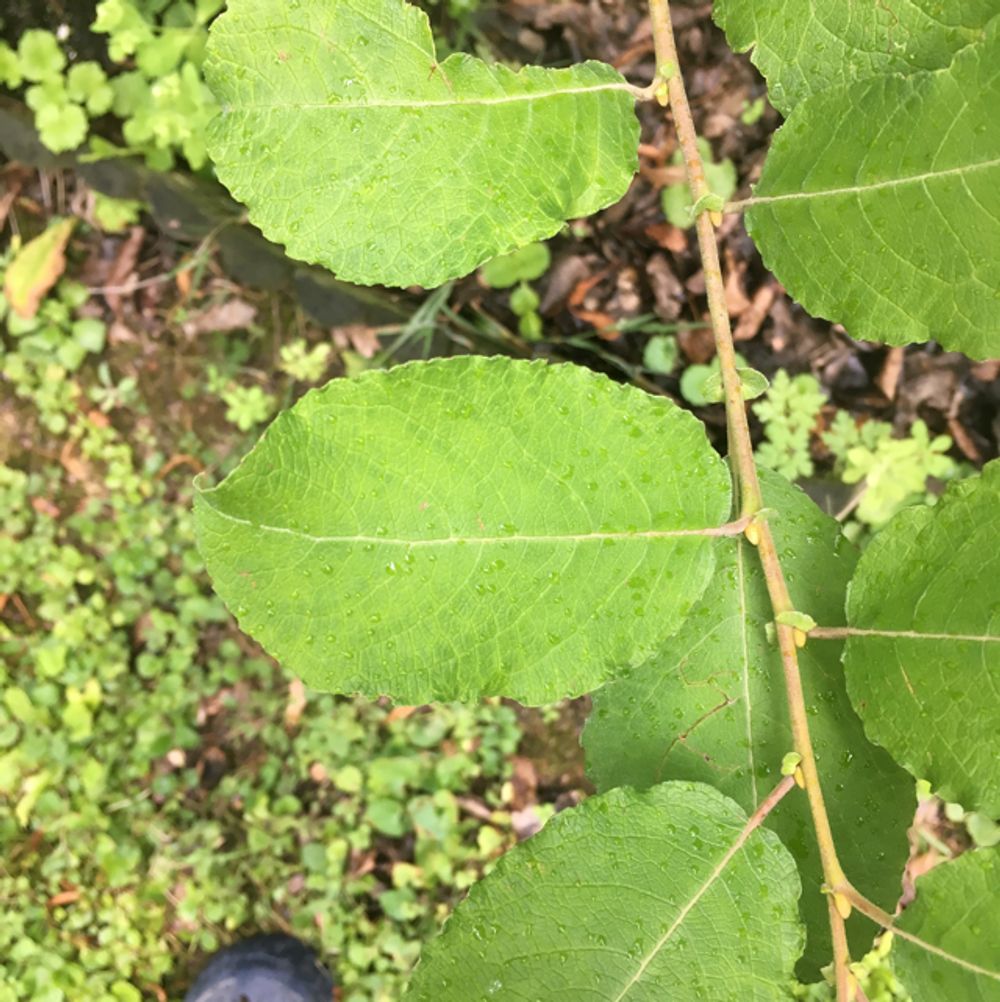Elm tree
(Ulmus)

Description
Ulmus is a genus of deciduous trees belonging to the family Ulmaceae. The genus contains around 45 species, which are distributed throughout the temperate regions of the northern hemisphere. The genus is commonly known as the elm, and many species have played an important role in human history and culture. In this article, we will explore the different species of the Ulmus genus, their characteristics, and their uses. Taxonomy and Systematics The genus Ulmus is a member of the family Ulmaceae, which includes six other genera. The name Ulmus is derived from the Old English word 'elm', which means 'a tree'. The genus was first described by Linnaeus in 1753, and it is divided into two subgenera: Ulmus and Hemiptelea. The subgenus Ulmus contains the majority of the species and is further divided into six sections: Ulmus, Eu-Ulmus, Echinata, Procerosae, Chaetoptelea, and Microptelea. Distribution and Habitat The species of the Ulmus genus are found in temperate regions of the northern hemisphere, including North America, Europe, and Asia. Most species are found in the temperate zones of Asia, particularly in China. The trees are generally found in moist, well-drained soils, and are often associated with floodplains, riverbanks, and other wetlands. Physical Characteristics The species of the Ulmus genus are medium to large-sized deciduous trees, with heights ranging from 10 to 50 meters. They have broad, ovate leaves that are serrated on the edges, and they produce small flowers in the spring. The fruits are winged samaras, which are dispersed by the wind. The bark of the trees is smooth and greyish-brown in color, and it becomes fissured and corky as the tree ages. Species of Ulmus Genus The Ulmus genus contains around 45 species, each with their own unique characteristics and uses. However, some of the top species of Ulmus genus are: American Elm (Ulmus americana) - The American Elm is a large deciduous tree that is native to eastern North America. It is known for its vase-shaped growth habit and its importance in American history and culture. The species has been severely affected by Dutch elm disease, but there are still efforts to preserve and restore populations of this iconic tree. English Elm (Ulmus minor) - The English Elm is a deciduous tree that is native to Europe and western Asia. It can grow up to 35 meters in height, and it has a spreading growth habit with a rounded crown. The species is often found in hedgerows and woodlands, and it was once commonly planted as a street tree in Europe. Chinese Elm (Ulmus parvifolia) - The Chinese Elm is a deciduous tree that is native to China, Japan, and Korea. It can grow up to 20 meters in height, and it is known for its tolerance to urban conditions. The species is often used as an ornamental tree in gardens and parks, and it is also popular in bonsai cultivation. Wych Elm (Ulmus glabra) - The Wych Elm is a deciduous tree that is native to Europe and western Asia. It can grow up to 40 meters in height, and it has a spreading growth habit with branches that sweep upwards. The species is often found in woodlands and hedgerows, and it is known for its ability to regenerate from cut stumps. Dutch Elm (Ulmus × hollandica) - The Dutch Elm is a hybrid of the European and American Elm, and it was developed in the 19th century as a street tree. The species is known for its resistance to Dutch elm disease, which has had a devastating effect on populations of other elm species. The Dutch Elm is still commonly planted in urban areas throughout the world.
Taxonomic tree:







